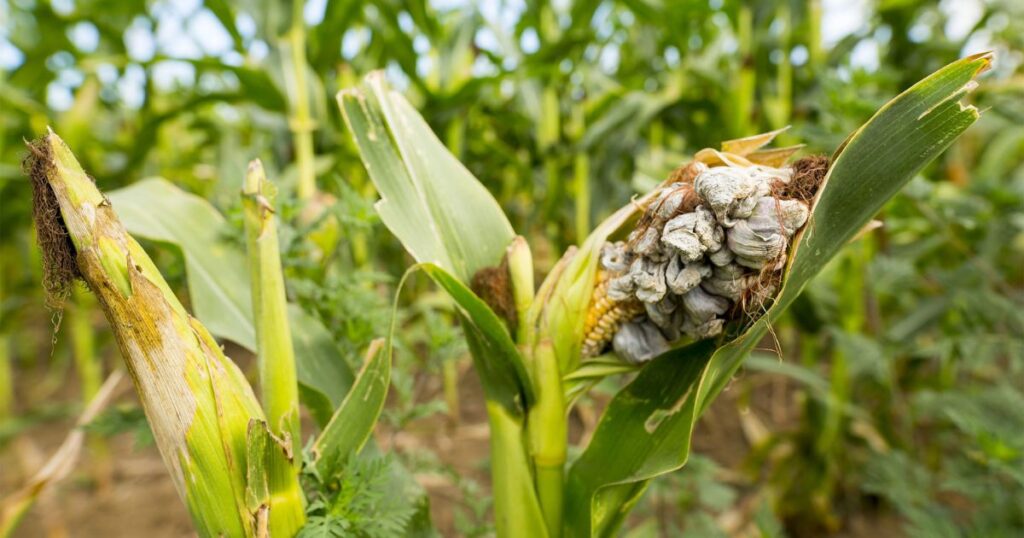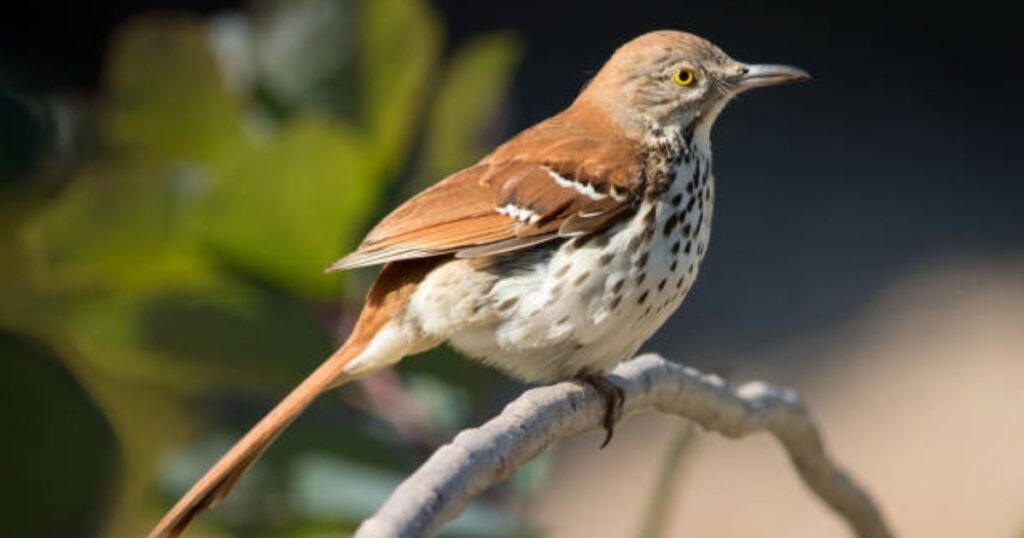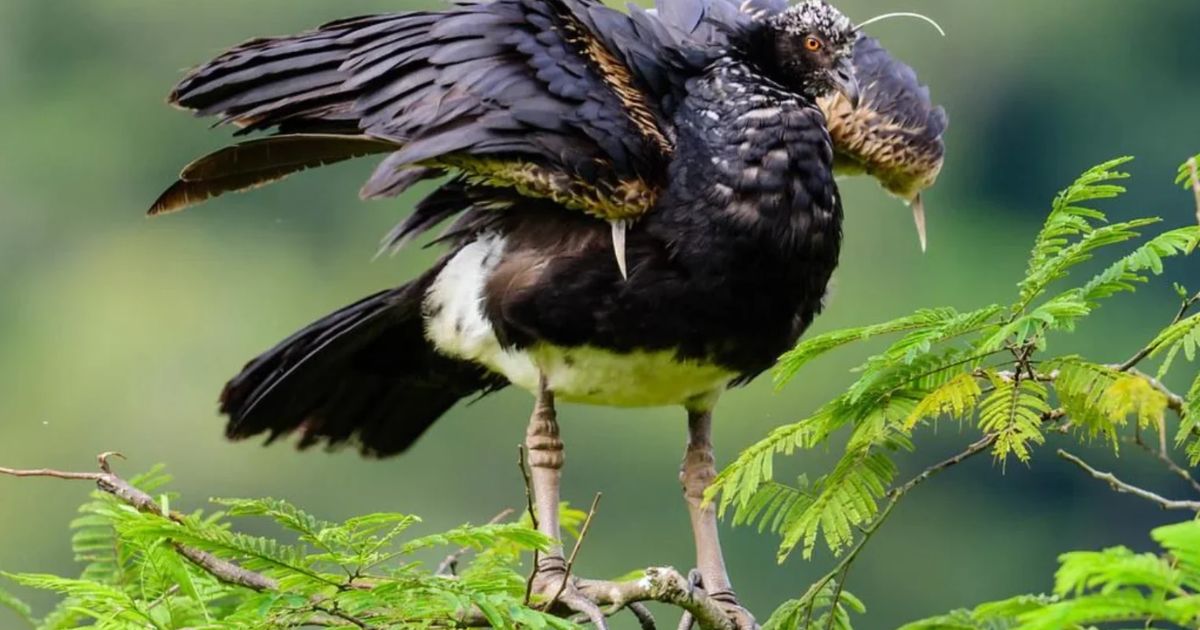The term huitlacoche animal sparks curiosity in those not acquainted with the phrase. While many are familiar with huitlacoche as a Mexican culinary delicacy, commonly known as ‘corn smut,’ the addition of the word animal introduces an intriguing layer. This piece aims to unravel the mystery surrounding the huitlacoche animal and intricately explore the captivating realm of Toxostoma cinereum.
Huitlacoche Animal Unveiled
Huitlacoche, also known as corn smut, is a fungi that grows on corn. Many people do not see it as a food due to its unusual nature. In Mexico it has long been considered a delicacy.
This fungi grows from infections in the corn cob or kernels. When corn is infected by a type of fungus known as Ustilago maydis, it causes discoloration and tumors to form in the corn. This results in development of the huitlacoche.
Huitlacoche animal was once thought to only grow in Mexico and Central America where corn was first domesticated. Now it has been found to grow in other corn growing regions as well. It remains an integral part of Mexican cuisine.
Savoring Huitlacoche: Culinary Marvel
Huitlacoche has a unique flavor that is savory, earthy and slightly nutty in taste. The texture is soft and mushy like well seasoned creamed corn. It adds an incredible flavor to foods when used as an ingredient.
In Mexico, huitlacoche animal is commonly used to fill empanadas, quesadillas and other snacks. It can also be added to soups, stews or eaten as a side dish. The flavors it adds are unlike any other ingredient. It enhances everything it is added to.
Huitlacoche goes well with beans, onions, peppers, tomatoes and corn. These flavors blend together in Mexican dishes featuring huitlacoche. Eating huitlacoche animal allows people to enjoy an experience like no other by sampling this one of a kind fungi.
Huitlacoche’s Cultural Echo
Huitlacoche has long been appreciated by indigenous groups in Mexico for its unique flavors. They incorporated it into their cuisine before the Spanish conquest.
Even after colonization introduced new ingredients, huitlacoche remained a staple crop in many rural Mexican communities. Its cultivation was hands-on for families and represented an important part of their heritage.
Pre-Hispanic societies believed huitlacoche animal had special powers and it was incorporated into cultural and religious practices. Murals from that era depict meals including huitlacoche. To this day, it remains a symbol of cultural pride for many Mexicans.
The Huitlacoche Enigma
For many years, huitlacoche animal was shunned in other parts of the world due to its appearance and reputation as a fungus infecting crops. People wondered how something so strange could be edible.
It was a rare delicacy only found in Mexico that was largely unknown outside the country. This made it an object of mystery with rumors about its properties circulating. Once others began to taste it, admiration grew for its rich and savory flavor.
As culinary traditions have blended globally, huitlacoche has gained more recognition. Top chefs utilize it to create gourmet dishes infusing Mexican influences. Food science has also analyzed what makes this fungi so unique from a nutritional perspective.
From Crop to Plate: Huitlacoche’s Evolution

Centuries ago in pre-Columbian Mexico, indigenous groups cultivated corn and used all parts of the plant. When fungus caused corn tumors now known as huitlacoche animal, they incorporated it into their diet.
As corn cultivation spread and commercialized, huitlacoche was viewed as a crop disease needing eradication. Efforts were made to prevent its growth through fungicides. By the 1950s, its cultivation had nearly disappeared.
In recent decades a revival has occurred. Small farmers in Mexico decided to actively cultivate huitlacoche for restaurants and markets once more. Today, careful farming techniques produce a bountiful huitlacoche harvest seasonally.
Read Also More: Vanessawest.tripod – Everything You Need To Know About It
Huitlacoche’s Role in Mexican Cuisine
In Mexican tradition, huitlacoche is considered a special delicacy. Regional specialties from throughout the country feature it prominently.
From the north, it may be used to stuff quesadillas or accompany carne asada. Central Mexico is famous for mole poblano, where huitlacoche provides an earthy component. Soups from Oaxaca are enriched by its flavors.
Today, fusion tacos, tamales and moles showcase huitlacoche. Upscale chefs have also incorporated it into inventive dishes. It acts as a symbol of national pride in gastronomic heritage for Mexico.
Huitlacoche: A Culinary Alchemy
Huitlacoche is prized for its culinary properties not found in other foods. Its texture and flavor have been described as nutty, smoky and reminiscent of mushroom.
On a chemical level, umami compounds and antioxidants give huitlacoche animal savory notes beyond basic ingredients. Its taste awakens further with each bite in a unique sensory experience.
Cooking huitlacoche animal allows it to fully release its potential. Methods like sautéing, stuffing or blending awaken dormant flavors through maillard reactions and enzyme activation. This transforms it into an unmatched gastronomic treasure.
By understanding huitlacoche’s mysteries, chefs have unlocked new levels of indulgence and creativity in the Mexican kitchen. continues to inspire innovation with its alchemy.
Huitlacoche’s Journey Through Time
For millennia in Mesoamerica, huitlacoche was an integral part of indigenous diets and cultures. When the Spanish arrived, they documented its role in pre-Columbian life.
After the conquest, Spanish missionaries tried to eradicate its production by replacing traditional corn varieties. Rural communities secretly kept cultivating it due to its importance.
During periods of scarcity, huitlacoche served as a sustaining source of nutrition. It retained significance in mythology and medicine for its nourishing properties. Stories of its origins were also passed down.
Today, appreciation for huitlacoche has boomed globally thanks to expanding palates. Chefs treat it as an exotic delicacy with untapped potential. This validates its enduring worth to ancestral communities throughout Mexico.
Huitlacoche’s Rise in Mesoamerican Heritage

Archaeological clues suggest huitlacoche animal was regularly consumed in pre-Columbian Mesoamerica for centuries before European contact. Pictorial manuscripts highlight it as a valued food source.
When the Aztecs rose to power, huitlacoche gained prominence in their empire centered around the Valley of Mexico. Elite Aztec classes reserved the best specimens for themselves according to historic texts.
Rural households during the post-classic period cultivated several corn varieties intentionally infected for huitlacoche production. This supported local diets and economies.
Contemporary indigenous groups maintain traditions of harvesting and cooking and selling huitlacoche. They pass on knowledge about its properties and role in cultural identity. Huitlacoche remains deeply intertwined with Mesoamerican ancestry.
Exploring Huitlacoche’s Mystique
For years, huitlacoche was an enigma even in its home of Mexico. Its unusual appearance and origins aroused fascination among scientists and mystics alike.
Some indigenous communities attributed magical or medicinal qualities to huitlacoche animal based on ancestral stories. Its ability to grow amid adversity symbolized strength.
Modern research has clarified details about huitlacoche’s life cycle, uniqueness among other fungi and nutritional components. Its complex taste still evades full explanation.
As a sign of reclaiming ancestral wisdoms, curiosity in huitlacoche’s mysteries has been rekindled. Photographers capture its beauty while chefs explore culinary applications. Through appreciation, its mystique endures as part of Mexican heritage.
Huitlacoche Delights: A Mexican Tradition
Over the centuries, Mexican culinary traditions were formed around ingredients like huitlacoche. Signature dishes from each region showcase it.
Alongside tomatoes, peppers and cacao, huitlacoche became interwoven into what is now considered Mexican cuisine. Simple snacks or lavish moles would not be complete without its unique earthy savor.
Families traditionally harvest and consume huitlacoche during the fall season when corn is mature.
Preparing it using handed down methods is a way to connect to foodways of past generations.
Whether serving huitlacoche to guests or enjoying it with family, the rituals surrounding this special ingredient bring people together. Through slow food techniques, its rich history and importance to identity is preserved.
The Hidden Marvel: Huitlacoche’s Charm
To the uninitiated, huitlacoche’s animal appearance can seem unappealing or mysterious. Behind its imperfect exterior lies a gastronomic gift.
Its charms are best discovered through an open mind and taste buds rather than eyes alone. Sautéing brings out an umami depth while blending releases an incredible complexity.
Fine dining menus now feature huitlacoche animal prepared as risotto, ragout or tamales to showcase its versatility. Once sampled, the surprise of its flavors leaves diners enchanted.
More come to appreciate huitlacoche not just for its culinary magic, but also as a symbol of ancestral wisdom and resilience. Its peculiar beauty inspires creativity from curious chefs.
Conclusion
Social media has become ingrained in our daily lives. It allows us to stay connected with friends and family wherever they may be. Overusing social media can be detrimental to mental health and well-being.
Overall, social media is here to stay but it is important to find a healthy balance. Short periods of usage balanced with other activities can help prevent negative impacts. Moderation is key to enjoying the benefits of social networks without the drawbacks.











